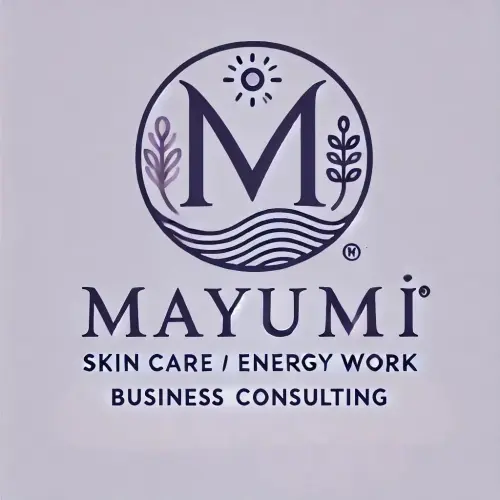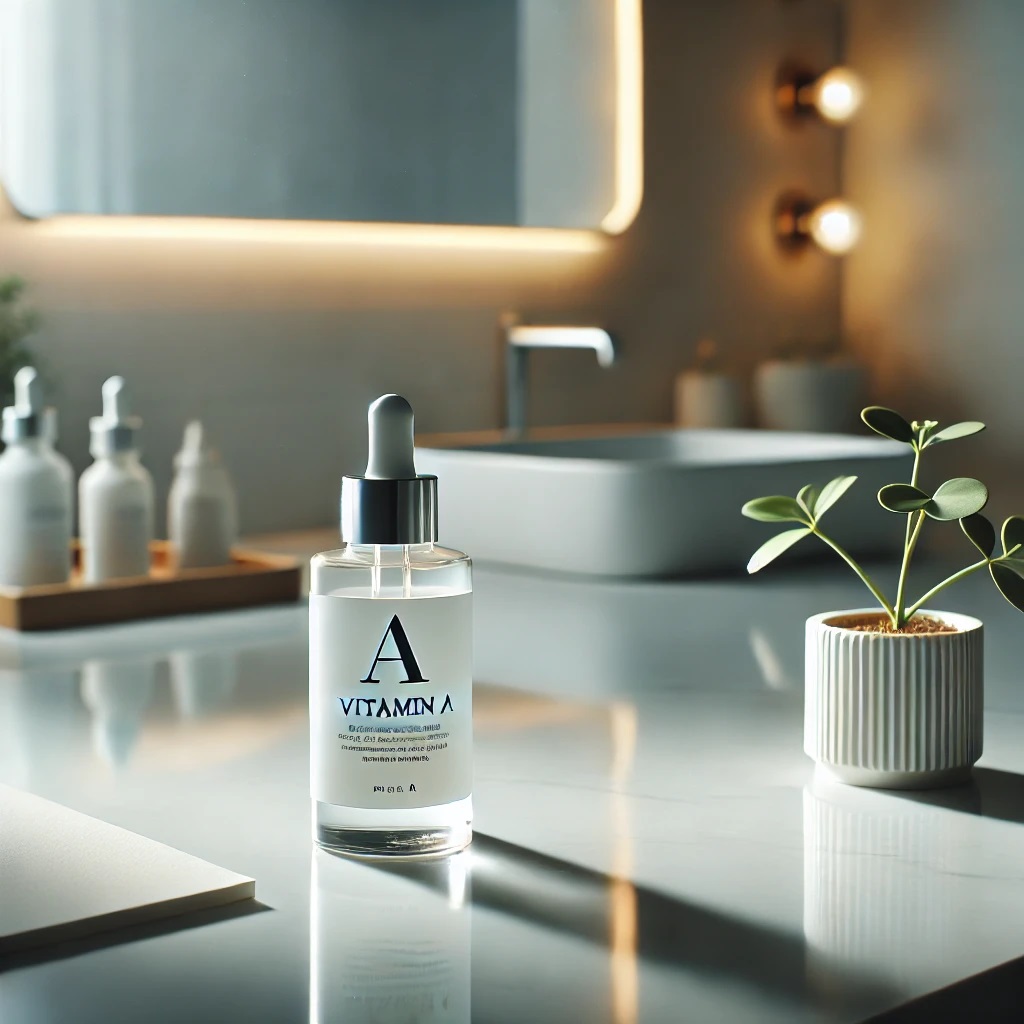Vitamin A derivatives, particularly retinoids and retinols, are often hailed as the gold standard in skincare for their anti-aging and acne-fighting properties. But like all powerful tools, they come with their pros and cons. In this blog, we’ll delve into why Vitamin A is used in skincare, the benefits it offers, and why it’s crucial to understand its potential drawbacks. I’ll also share my thoughts on how to use these products correctly, including the importance of taking breaks to avoid skin sensitivities.
Why is Vitamin A Used in Skincare?
Vitamin A derivatives are widely used in skincare for their ability to:
- Promote Cell Turnover: Retinoids speed up the skin’s cell turnover process, helping to shed dead skin cells and reveal fresher, younger-looking skin. This can improve the appearance of fine lines, wrinkles, and uneven skin tone.
- Boost Collagen Production: Vitamin A derivatives stimulate collagen production, which helps to firm the skin and reduce the appearance of fine lines and wrinkles.
- Fight Acne: By preventing clogged pores and reducing inflammation, retinoids can help keep acne at bay.
- Improve Skin Texture: Regular use can result in smoother, more even-textured skin.
The Pros of Vitamin A Derivatives
- Effective Anti-Aging Tool: Retinoids are one of the few ingredients scientifically proven to reduce the signs of aging.
- Acne Management: For those struggling with acne, retinoids can be a game-changer, helping to clear up the skin and prevent future breakouts.
- Skin Renewal: Vitamin A promotes skin renewal, giving the complexion a fresher, more youthful appearance.
The Cons of Vitamin A Derivatives
While the benefits of Vitamin A derivatives are significant, they also come with potential drawbacks, particularly when used incorrectly:
- Skin Sensitivity: Overuse or improper application of retinoids can lead to redness, irritation, and increased sensitivity to sunlight.
- Broken Capillaries: Regular use without proper breaks can weaken the skin’s barrier, leading to broken capillaries, particularly in those with thinner or more sensitive skin.
- Enlarged Pores: In some cases, overuse of Vitamin A can result in enlarged pores, a counterproductive outcome for many users.
- Dryness and Peeling: Vitamin A derivatives can cause excessive dryness and peeling, especially in the initial stages of use.
The Overuse Problem: Why Less is More
One of the most common mistakes I see is the overuse of Vitamin A products. Many people believe that if a little is good, more must be better. This mindset can lead to a range of skin issues, from heightened sensitivity to the breakdown of the skin’s protective barrier.
Also, some people think, “It contains only a small percentage, so I can use it every day, forever!” This is also wrong. I have already seen enough people who start to develop irritation, and their skin becomes increasingly sensitive. More problems than benefits can arise from this approach.
My Approach: How to Use Vitamin A Derivatives Safely
To maximize the benefits of Vitamin A derivatives while minimizing the risks, I recommend the following approach:
- Start Slowly: Introduce retinoids into your routine gradually. Begin with a low concentration and apply it every other night to allow your skin to adjust.
- Listen to Your Skin: Pay attention to how your skin responds. If you notice signs of irritation or sensitivity, reduce the frequency of use or take a break.
- Take Breaks: I strongly advise taking a 3-month break after a period of regular use. This allows your skin to recover and prevents the long-term issues associated with overuse, such as broken capillaries and enlarged pores.
- Moisturize and Protect: Always pair Vitamin A derivatives with a good moisturizer to combat dryness and a broad-spectrum sunscreen to protect your skin from UV damage, which can be exacerbated by retinoid use.
- Consult a Professional: Before incorporating Vitamin A derivatives into your routine, consult with a skincare professional to ensure it’s appropriate for your skin type and concerns.
Conclusion
Vitamin A derivatives can be a powerful addition to your skincare routine, offering significant benefits when used correctly. However, they are not without their risks, particularly when overused. By understanding how to use these products wisely, including the importance of taking breaks, you can enjoy the anti-aging and acne-fighting benefits without compromising your skin’s health.
If you’re considering adding Vitamin A to your skincare regimen, remember that more isn’t always better. Take your time, monitor your skin’s response, and give your skin the breaks it needs to stay healthy and radiant.

